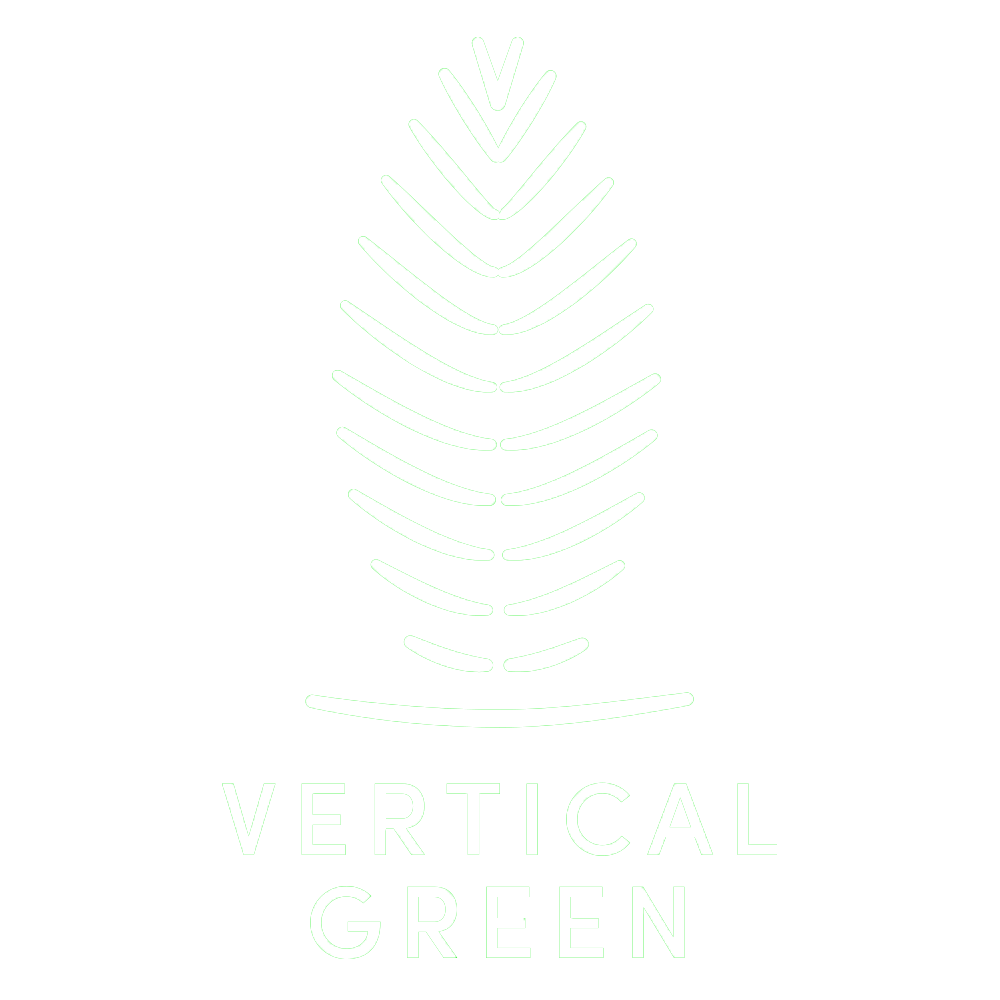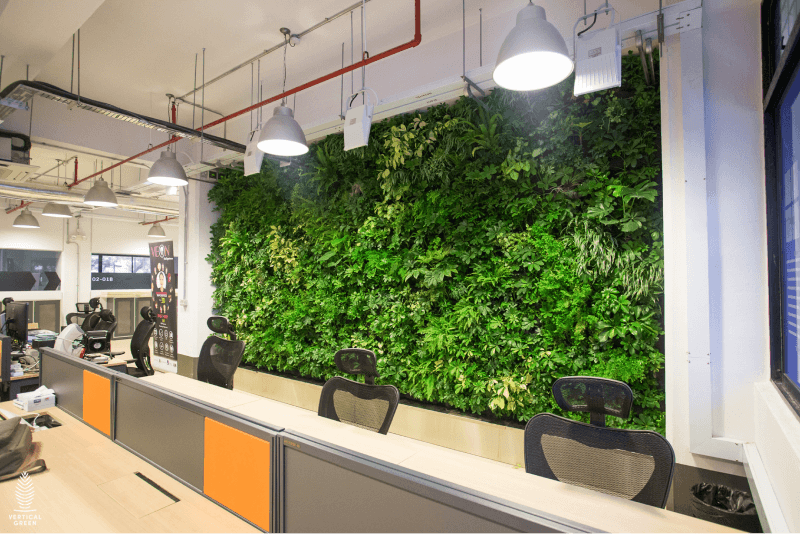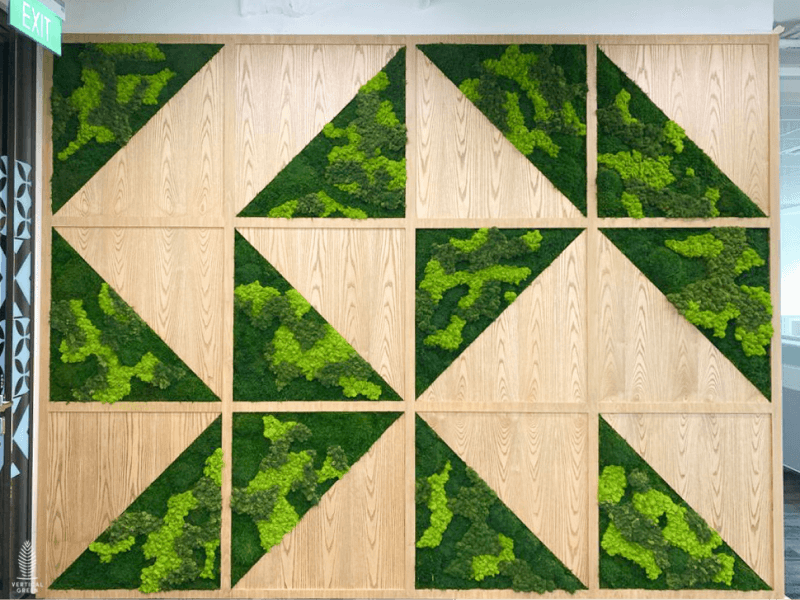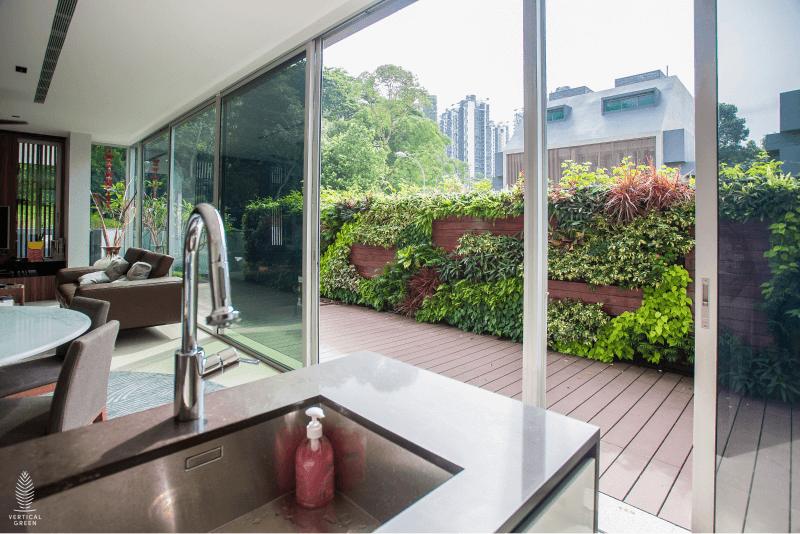Biophilic design in the healthcare industry is trending, particularly, in hospital design—and with good reason!
If you’re here, then you probably have an idea about biophilia and why adopting nature into your space can be beneficial to your environment. Different designers have been utilizing the benefits of having a biophilic design in their creations and it has been paying off.
There are a lot of good things to say about biophilic designs, so why don’t we start with an introduction on what it is and why it’s important?
Biophilic Designs in Spaces
Biophilia is directly translated into the love of living things. Since man was born, we have been drawn to nature as it is our natural habitat. This explains why we associate beaches, grasslands, and the like when we think of calmness and relaxation.
With the boom of urbanization, we have been enclosed in spaces with minimal exposure to greeneries, sunshine, and the overall beauty of the environment. This could lead to a more stressful environment as we are deprived of what we inherently crave.
To address our innate human need to be with nature, the latest trends in architecture and interior design have started including a variety of biophilic design ideas in different spaces. Innovations in incorporating greenery and natural light have been a priority in today’s modern structures.
Biophilic Designs in Hospitals: Why We Need It
Now that we know why biophilia is important to our general well-being, let’s discuss why it’s so important to adapt this in healthcare.
Breaking Down Hospital Designs
I’m sure you already know this, but let’s be frank, hospitals are quite sad. Most people go there because they’re either getting checked to see if they’re sick, getting treated for being sick, or visiting someone they love who is sick. Being in hospitals, in general, has a negative memory for most of us.
Of course, let us not discredit the good things that come out of being in hospitals like starting new lives for mothers and recovering from incurable diseases. But generally speaking, being in a hospital can be stressful.
It also doesn’t help that when you notice the hospital’s design and surroundings, it usually gives off a gloomy mood. Most hospitals are enclosed and painted with a muted white all around, lit up with the same white, fluorescent lights. The designs of hospitals are very sterile with “bad” lighting, and this could be unappealing to patients.
And since hospitals cater to a lot of emergencies, it’s usually a high-stress and high-pressure space and the anxiety can rub off on you.
Hospital Care: Moving Forward
As we’ve seen biophilic designs in hotels, offices, and residential areas, hospitals are following suit in the natural design trend. After all, the same people going to these places are the same ones who go to the hospital.
Hospitals are taking more effort to be mindful of caring for the overall well-being of their patients. Not only are they focusing on a person’s physical health, but there is greater focus on improving an individual’s social and psychological well-being.
They are looking at and incorporating ways to communicate healthcare by using space design, and several studies have shown that it has been working.
Adapting a Biophilic Hospital Design: Its Effects on Patients

As you may know, biophilic designs can help in reducing stress, improving cognitive performance, and enhancing emotion and mood. In terms of healthcare, this could be beneficial in a patient’s ability to recover––depending on their ailments, diagnosis, and therapy.
Studies have shown that being able to view natural landscapes and the presence of natural ventilation can provide significant benefits for recovering patients. It was noted that patients that have a “tree view” recovered faster and received lesser pain medication than those with a “brick wall view.”
Patients in enclosed areas were described by nurses to experience more pain and were crying more often. They needed more reassurance that they are getting better and that they will be better.
Being in proximity to nature and being exposed to natural sunlight can affect serotonin levels and can greatly improve our mood and control our melatonin production. Serotonin and melatonin imbalance can affect our sleeping patterns and any imbalance could impair functions in our immune system.
With the balance in serotonin levels and improvement in mood, patients lessen their perceptions of pain and can have positive comforting effects that can aid in their recovery. This is why patients with a “tree view” intake lesser pain medication doses than those with a “brick wall” view.
How Biophilic Hospital Designs are Helping Out the Staff
The parallels in how nature can affect patients have the same effect on hospital staff as well.
As mentioned earlier, the hospital environment is highly stressful and could be toxic. And for the hospital staff, it can be discouraging, as it can affect their performance with patients.
If you’ve been to the emergency room, this is very evident as the high-pressure area creates stressful situations for everyone and can induce anxiety. This can lead to some of the staff getting “short” with you as you ask for assistance.
Including biophilia in the hospital for the staff has the same effect as using biophilia in office spaces as it is their work area.
Adding greenery and natural sunlight to the staff’s workspace can help improve their health, mood, and productivity. It can help reduce absenteeism and can aid in mental restoration and fatigue. Just improving the mood itself can improve the hospital staff’s engagement with patients and bereaved visitors––which is an important factor in healthcare.
Biophilic Designs in Hospitals Could Be the Most Important Design Trend Yet
Natural elements in hospital spaces are a great way to mediate any negativity in hospitals and provide comfort to all.
Here are the potential benefits of biophilic design in hospitals and healthcare spaces:
- For patients, it can help in their recovery and ease the pain of their ailments.
- For visitors, it can help alleviate their worries and anxieties as natural elements can provide comfort especially in trying times.
- For hospital staff, it can reduce the mental burdens they carry and regulate their stress levels. It can lead to efficiency and productivity––which is highly needed for healthcare workers.
Overall, reconnecting with nature can improve our overall well-being as we satiate our desire to be with natural environments.
Vertical Green: Your Partner in Biophilic Designs in Healthcare
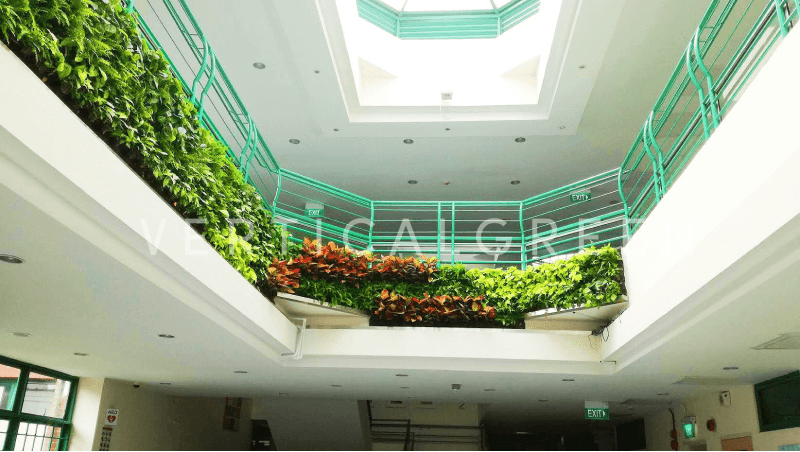
Here at Vertical Green, we offer vertical garden systems that can serve as a great addition to your hospital’s design. The presence of world-class quality greenery can provide a unique, comforting design to your hospital spaces and can help improve the well-being of patients, visitors, and staff.
We have served several industries in creating biophilic homes, offices, hotels, and resorts. Not only do we enhance the look of empty spaces, but our gardens also help in creating calmer environments while encouraging productivity.
Let your patients and hospital staff reconnect with nature with our vertical gardens and promote well-being for everyone.
If you’d like to learn more about our products and how we can upgrade your space, check out our website or contact us.
